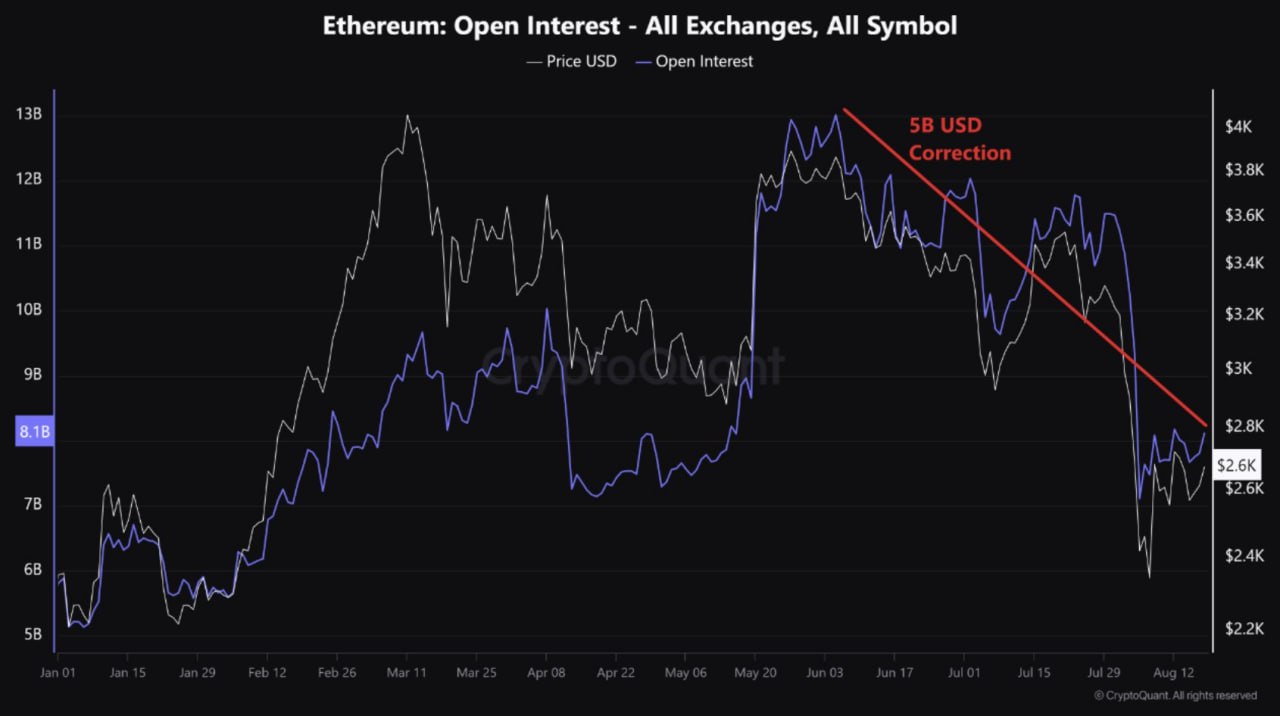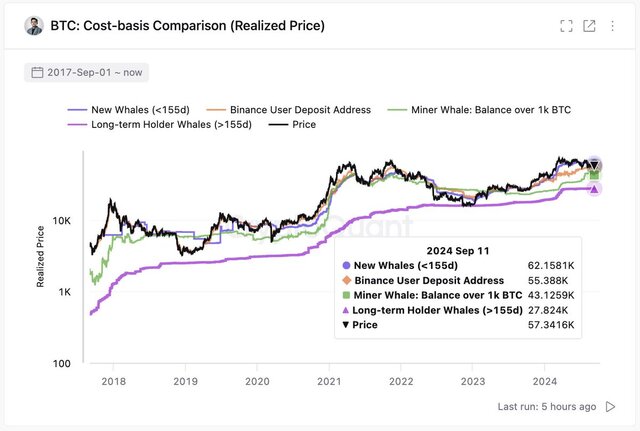Stripe is emerging as a key driver of a new economic era — one shaped by artificial intelligence and digital money. According to JPMorgan analysts, the company could tap into a market worth more than $350 billion by the end of the decade, combining breakthroughs in AI and blockchain technology.
Global Scale and Financial Power
Over the past decade, Stripe has solidified its position as a dominant player in online payments. The company, now valued at $107 billion, processes more than $1.4 trillion in transactions annually across 195 countries, powering millions of businesses — from startups to global enterprises.
As reported by The Block, Stripe’s net revenue surged 28% over the past year, reaching $5.1 billion. Analysts see this as evidence of the company’s resilient business model and its ability to adapt to a rapidly evolving financial landscape.
JPMorgan describes Stripe as a “strategic core of global digital payment infrastructure” — a platform bridging traditional finance, crypto, and artificial intelligence into a single ecosystem.
Artificial Intelligence: The Catalyst for Autonomous Commerce
Artificial intelligence has become a cornerstone of Stripe’s innovation strategy. The company is integrating AI-driven tools to automate financial processes, optimize data analytics, and enhance transaction efficiency.
A major focus is collaboration with AI startups, which rely on Stripe’s infrastructure for automated payments and real-time financial operations. According to JPMorgan, this synergy could give rise to a new paradigm of “autonomous commerce”, where software agents can independently conduct transactions, manage accounts, and make economic decisions.
In September, Stripe unveiled a suite of AI-powered commercial tools designed to forecast demand, streamline cash flows, and manage risk dynamically — enabling businesses to cut costs and increase precision in financial planning.
Expanding into Crypto: Blockchain, Stablecoins, and Web3
At the same time, Stripe is strengthening its position in the digital asset sector, investing heavily in blockchain infrastructure and the Web3 economy.
The company recently acquired Bridge, a platform for blockchain-based payment integration, and absorbed Privy, a crypto wallet provider. These moves have reinforced Stripe’s presence in crypto payment processing and tokenized finance.
Together with venture firm Paradigm, Stripe is developing Tempo, a Layer 1 blockchain focused on high throughput and low fees. The project has already raised $500 million, valuing it at $5 billion — signaling strong market confidence in its potential to become a cornerstone of future digital payments.
Open Issuance: A New Era for Stablecoins
In September, Stripe introduced Open Issuance, a new framework for creating and issuing stablecoins — digital currencies pegged to traditional fiat assets like the U.S. dollar.
This initiative empowers businesses and developers to deploy programmable money, enabling seamless integration with e-commerce platforms, online marketplaces, and smart contracts.
The first major use case has already arrived: in October, Web3 wallet Phantom launched CASH, a USD-backed stablecoin built using Open Issuance — a clear demonstration of Stripe’s growing influence in the stablecoin ecosystem.
The Fusion of AI and Digital Money
According to JPMorgan, the convergence of AI agents, stablecoins, and programmable money will allow Stripe to reshape the foundations of global commerce.
AI systems could one day handle payments autonomously using digital currencies, while Stripe’s infrastructure ensures scalability, compliance, and security. Together, these elements lay the groundwork for fully automated financial ecosystems, where data and capital flow seamlessly and intelligently across the world.
Challenges and Risks: Regulation and Corporate Expansion
Despite its strong momentum, Stripe faces challenges on several fronts. Analysts highlight regulatory uncertainties — particularly around U.S. stablecoin legislation and the European MiCA framework, which imposes stricter rules on crypto assets.
Internally, the company must continue to manage growth carefully, avoiding product fragmentation and maintaining technological leadership amid intensifying competition in both the fintech and AI sectors.
Looking Ahead: From Payment Processor to Intelligent Financial Platform
If Stripe successfully integrates AI and crypto technologies, it could evolve from a payment processor into a next-generation intelligent financial platform.
Such a transformation would mark more than just corporate success — it would represent the foundation of a new digital economy, where money doesn’t just move, but thinks, learns, and interacts.










